
Understanding Spinal Muscular Atrophy: Causes, Symptoms, and Treatment
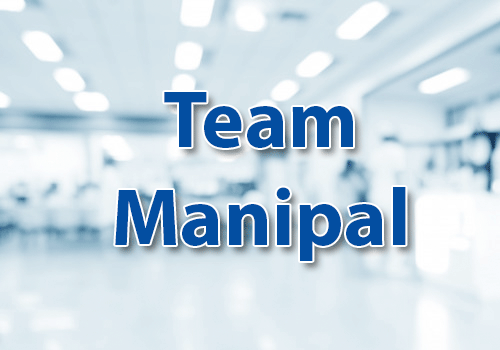
Department of Spine Care

6 Min Read
Jan 21, 2025

Book Appointments &Health Checkup Packages

Book Appointments &Health Checkup Packages





Manipal Hospitals' Centre of Excellence in Spine Care is the first dedicated spine care centre in the state offering a comprehensive evaluation and treatment of patients with a wide range of conditions that affect the spine, through an evidence-based, systemic and all-inclusive approach.

Manipal Hospitals' Spine Care specialists are experienced in diagnosing and treating spine disorders, bringing together distinguished specialists in neurosurgery, neurology, orthopaedic surgery and other specialties to design the most effective treatment tailored to the need of every patient. The Spine Care team implements treatments suited to individual patient's needs, including minimal invasive, pain-reducing, recovery-accelerating procedures for a range of orthopaedic and neurological conditions affecting the spine and spinal cord. World-renowned expertise, state-of-the-art technology, scientifically-backed treatment and the precedent of successful complex spine surgery stories makes Manipal Hospitals' Spine Care unit in India is one of the best in the country.
Vertebroplasty and kyphoplasty are procedures used to treat painful vertebral compression fractures in the spinal column, which are a common result of osteoporosis. Our neurosurgeons use imaging guidance to inject a cement mixture into the fractured bone (vertebroplasty) or insert a balloon into the fractured bone to create a space and then fill it…
Anterior lumbar interbody fusion (ALIF) is a spine surgery that involves approaching the spine from the front of the body to remove disc or bone material from in between two adjacent lumbar vertebrae. The procedure may be performed either as an open surgery or using minimally invasive techniques.
A spinal osteotomy is a surgical procedure used to correct certain deformities of the adult or pediatric spine. These include the posterior column osteotomy (PCO), the pedicle subtraction osteotomy (PSO) and vertebral column resection (VCR).
The disc is the soft cushioning structure located between the individual bones of the spine, called vertebra. It is made of cartilage-like tissue. In most cases, the disc is flexible enough to allow the spine to bend. An artificial disc (also called a disc replacement, disc prosthesis or spine arthroplasty device) is a device that is implanted into…
As the name suggests, Spine Stabilization surgery can now be performed using minimally invasive stabilization procedures that offer patients a safe and effective alternative to back fusion with a faster recovery. It is done through a tiny incision without cutting or damaging the surrounding muscles.
Dynamic lumbar spine stabilization is a surgical technique that stabilizes the spine with flexible materials to allow for more mobility in the spine than traditional spinal fusion surgery.
Cervical laminoplasty is a surgical technique that removes pressure from the spinal cord in the neck. Pressure on the spinal cord can be due to various causes including degenerative changes, arthritis, bone spurs, disc herniations, tumors, or fractures.
Spinal reconstruction surgery may be necessary for patients who have a deformity or misalignment that affects a major portion of the spine.
Spinal stenosis is a narrowing of the spaces within your spine, which can put pressure on the nerves that travel through the spine.
The goals of minimally invasive transforaminal lumbar interbody fusion (TLIF) and posterior lumbar interbody fusion (PLIF) are to address the cause of your back pain and to keep your spine stable by fusing two or more of your vertebrae together.
A spinal tumor is an abnormal mass of tissue within or surrounding the spinal cord and/or spinal column. These cells grow and multiply uncontrollably, seemingly unchecked by the mechanisms that control normal cells. Spinal tumors can be benign (non-cancerous) or malignant (cancerous). Primary tumors originate in the spine or spinal cord, and metastatic…
This refers to removing one or more discs to treat herniated discs and degenerative disc disease or it is also used in combination with various spinal fusion procedures.
Posterolateral lumbar fusion is spine surgery that involves placing bone graft between elements in the back, or posterior, of the spine, leaving the disc space intact. The procedure may be performed using minimally invasive surgical techniques.
A discectomy is a cutting-edge, minimally invasive procedure proven to reduce pain caused by disc herniations (sciatica). Also called microlumbar discectomy (MLD), this is an advanced procedure where the herniated or protruding portion of an intervertebral disc that is compressing the spinal cord and affecting the nerve root is removed, shrinking an…
Spinal conditions such as scoliosis (curving of the spine), kyphosis (increasing roundback of the spine), spondylolysis (stress fracture of the spine), and spondylolisthesis (movement of one part of the spine on another part) may affect children during their early or late childhood years.
A vertebral column resection is a procedure reserved for the most severe spinal deformities and involves removing segments of the spine including the body of the vertebra and the posterior elements, which include the lamina, transverse process, and ribs.
This is a minimally invasive procedure and is done to treat compression fractures caused by osteoporosis.
This procedure consists of removing the lamina (bony arch) from the posterior portion of the vertebral bone.
This procedure is performed to release pressure from the spinal cord, that is mainly caused by spinal stenosis.
This minimally invasive procedure removes a small part of disc material and portion of bone to relieve the compression of nerve roots
This procedure corrects misalignments of pinched nerves or the spinal column. Posterior lumbar interbody fusion and anterior lumbar interbody fusion are the two types of spinal fusion procedures performed.

The Spine Care Center implements treatments suited to individual patients' needs, including minimally invasive, pain-reducing, recovery-accelerating procedures for a range of orthopaedic and neurological conditions affecting the spine and spinal cord. Manipal Hospital relies on accurate diagnosis and appropriate treatment and methodological management of the broad array of spinal conditions. Skilled in the latest minimally invasive surgical techniques, Manipal Hospitals provide help to thousands of patients with both common and complex conditions of the back and neck.

Conditions treated at Manipal Hospitals' Spine care, but not limited to, are 1. Non-operative treatment of neck and back pain 2. Spinal injections of all types including RFA 3. Microdiscectomy and spinal decompressions 4. Endoscopic surgeries 5. Minimal invasive surgeries – PLIF, TLIF, OLIF 6. Artificial disc replacements 7. 24X7 Treatment of Spinal fractures and trauma 8. Vertebroplasty and Kyphoplasty Procedures for Osteoporotic fractures 9. Stem cell therapy for spinal cord injury 10. Scoliosis and Kyphosis treatment – Bracing to major corrective surgeries 11. Treatment of congenital defects and deformities of spine 12. Management of Spinal infections 13. Treatment of Spinal and spinal cord tumours
You may be in the hospital for 1 to 3 days; longer if you have spinal fusion. Rest is important. But doctors want you out of bed as soon as possible. Most people start physical therapy within 24 hours.
The spine is a very important organ composed of a complex structure of muscles, ligaments, tendons, discs, and bones. It helps our body sit, bend, walk, twist, and stand. Therefore, taking care of the spine is very important for your health and well-being. Spine care focuses on proper care and treatment of the spine to ease conditions such as back pain, headaches, neck pain, and joint conditions.
Keeping your spine healthy is very important. Take proper care of your spine with these tips:
(i) Do regular physical exercises especially stretching and back strengthening training
(ii) Keep your BMI in check
(iii) Avoid smoking
(iv) Avoid or reduce the intake of foods that are known to cause inflammation such as sugary foods, artificial trans fats, vegetable and seed oils, refined carbohydrates, excessive alcohol, and processed meat.
(v) Take caution while lifting heavy weights
(vi) Don’t sit continuously for a long time
(vii) Do yoga and pilates
For good spinal health, you should include foods like green leafy vegetables, fish, beans, seeds, nuts, dairy products, avocados, carrots, sweet potatoes, and bananas in your diet.
Spinal stenosis is a condition characterised by the narrowing of the spaces in your spine. Common symptoms are back and/or neck pain, numbness, tingling and weakness in your arms and legs. It can compress your spinal cord and nerve roots exiting each vertebra.
A spine specialist is an expert who treats various diseases and conditions related to the spine and spinal cord. They can be chiropractors, physiatrists, physical therapists, orthopaedic surgeons, neurosurgeons, pain management physicians, anesthesiologists, and many rheumatologists and neurologists.
Some common spine surgeries performed in Manipal Hospitals are:
(i) Microdiscectomy Endoscopic Discectomy
(ii) Artificial Disc Replacement
(iii) Postero Lateral spinal fusion PLF
(iv) Vertebroplasty and Kyphoplasty
(v) Spinal Osteotomies
(vi) Anterior interbody fusion
Depending on the type of surgery and severity of the condition, it can take anywhere from 4 to 6 weeks to get back to doing simple activities. However, full recovery can take even longer and patients will be able to do most of the activities after 6 to 12 months.
Not all spine surgeries are major surgeries. Certain spinal surgeries like lumbar spinal stenosis, spinal infections, spinal tumours, degenerative disc disease, herniated discs, etc. are minimally invasive and require a few small cuts, rather than large incisions.
Some common side effects of spinal surgery are:
(i) Infection
(ii) Blood clots
(iii) Dural tear
(iv) Nerve injury and paralysis
(v) Leakage of cerebrospinal fluid
Laminectomy is the most common surgery for lumbar spinal stenosis. A surgeon will perform this treatment on your back to remove bone fragments, bone spurs, or ligaments. This reduces pressure on spinal nerves and may alleviate pain or weakness, but the surgery may make your spine less stable.
Conditions affecting the spine are complex, Manipal Hospitals help manage your pain and restore function. Our experts are the leaders in spine surgery, interventional spine therapies, and spine wellness. Together they ensure patient's recovery and improved quality of life with the least invasive, most appropriate, and most advanced treatment available. Contact us to know more about Spine care and book an appointment with one of our Spine care specialists today.
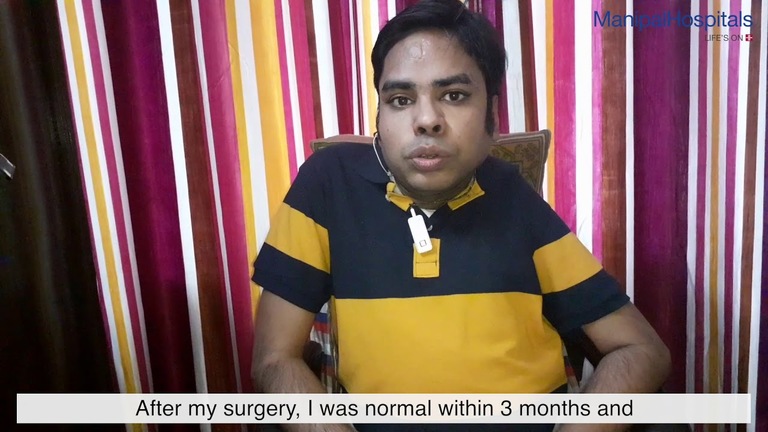
When several failed surgeries could not cure his Kyphoscoliosis and polio residual paralysis since childhood, Mr. Mohammad Faizal Nawaz from Delhi visited Manipal Hospitals, Old Airport Road, to seek…
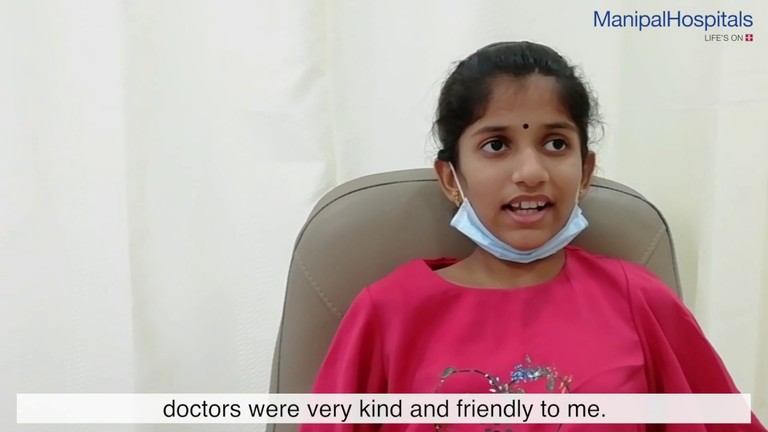
When Ms. Gopika’s spine showed an extreme curve of more than 73 degrees, her parents visited Manipal Hospitals Old Airport Road, where under the expert guidance of Dr. S Vidyadhara, HOD and Consultant…
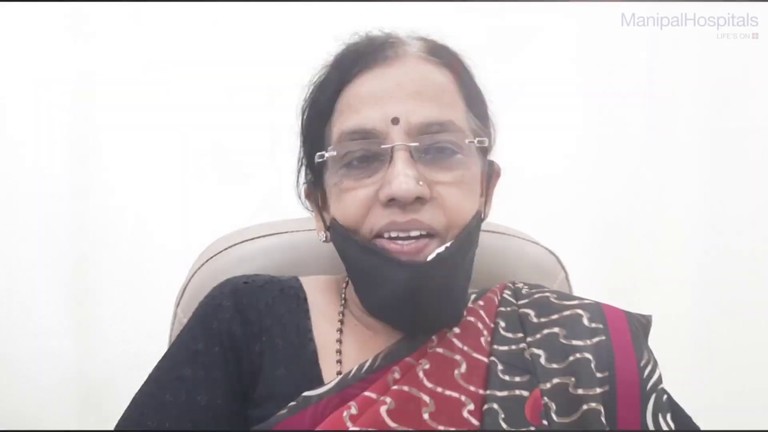
With international standards of hygiene, including thorough and consistent disinfection of the premises, physical distancing, and use of PPE kits and face masks, patients like Mrs. Savitha Pai, who are…
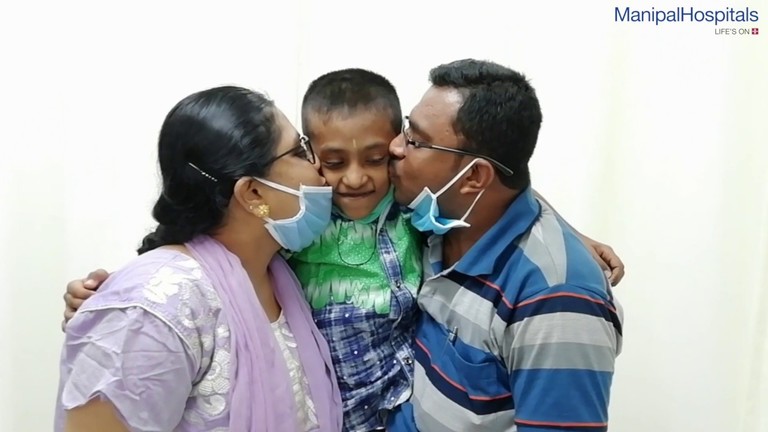
Dakshith, a 7-year-old boy, was diagnosed with early-onset scoliosis, with his spine having a curvature. His father consulted Dr. Thomas Kishen, Consultant- Spine Surgery, Manipal Spine Care Centre, Manipal…
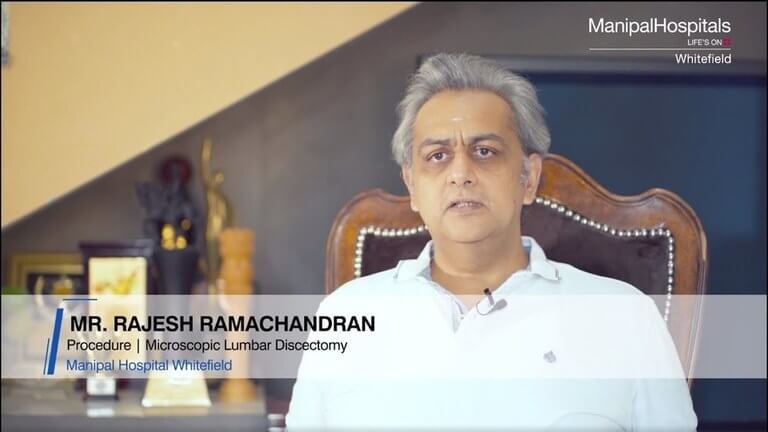
Mr. Rajesh Ramachandran, GM-IT faced severe pain in his glutes, hamstrings and calves to the point where he could not perform any daily activities. On taking an MRI scan, it was found that he had a disc…
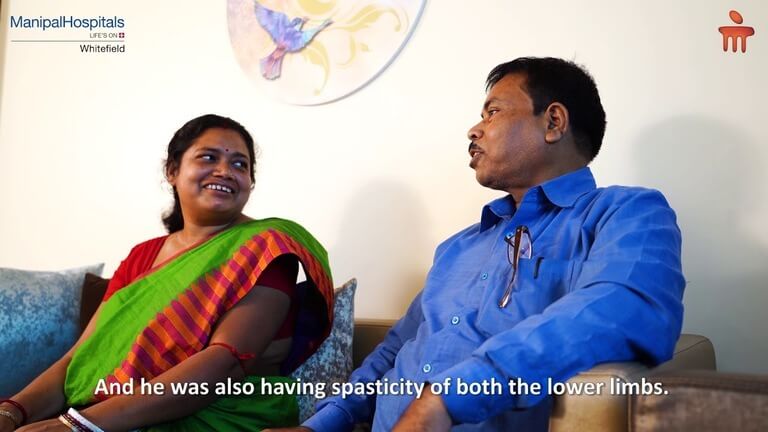
When Mr. Sushanta Majhi suffered from chronic neck pain, severe hand dysfunction and numbness in his limbs, he visited Manipal Hospitals, Whitefield, where, under the expertise of Dr. Bharat Sarkar, Consultant-…
.jpg)
When a metro construction worker fell from a height of 30 feet from a construction pillar, he was rushed to Malathi Manipal Hospitals, Jayanagar, where his pulse and BP completely stopped. With the help…
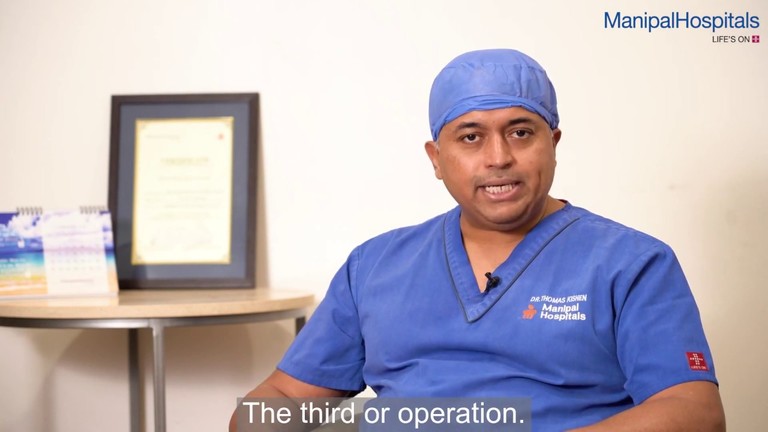
On account of Scoliosis Awareness Month, Dr. Thomas Kishen, Consultant - Spine Surgeon and Spine & Scoliosis specialist, Manipal Hospitals Old Airport Road, explains what scoliosis and its causes are.…
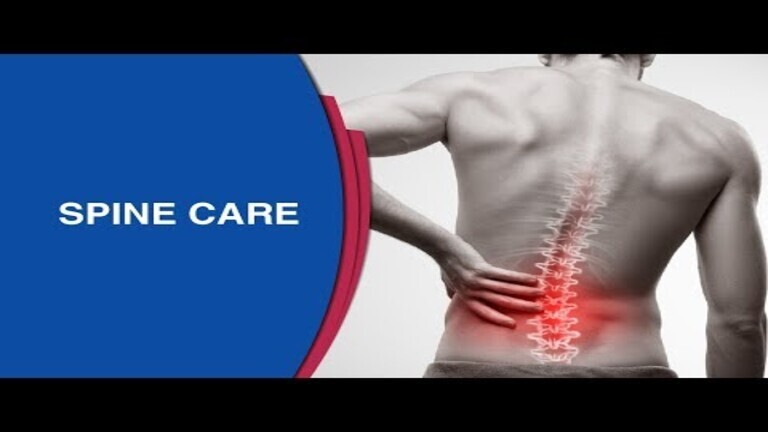
Spine care: Manipal Hospitals' Centre of Excellence in Spine Care and known as the best Spine Care in Bangalore also is the first dedicated spine care centre in the state offering a comprehensive evaluation…
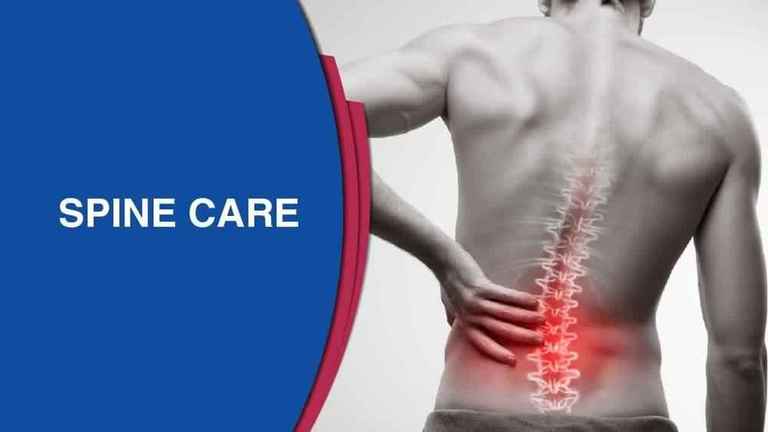
Watch for the symptoms of spinal problems for 3-5 weeks. If the problem is not going away on its own within that period of time, then visit a doctor for an MRI and other tests for the spinal problem.…
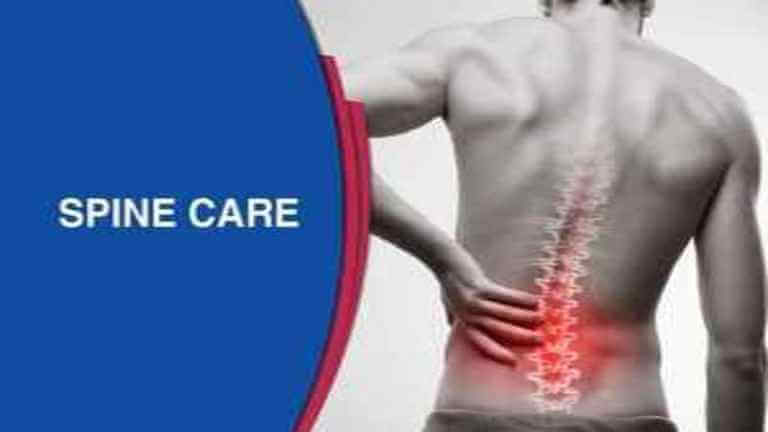
Scoliosis is the lateral curvature in the normally straight vertical line of the spine. A few of the common types of scoliosis are: • Adolescent idiopathic scoliosis [Girls (10-15 years)] • Degenerative…
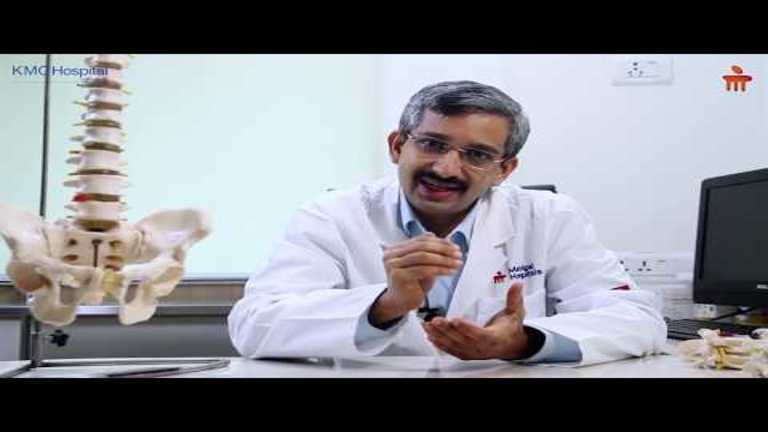
Chronic pain from the lower back to the back of the legs might be a symptom of lumbar disc prolapse, says Dr. Ishwar Keerthi, Consultant- Spine Surgeon, KMC Hospital, Mangaluru explains what is lumbar…
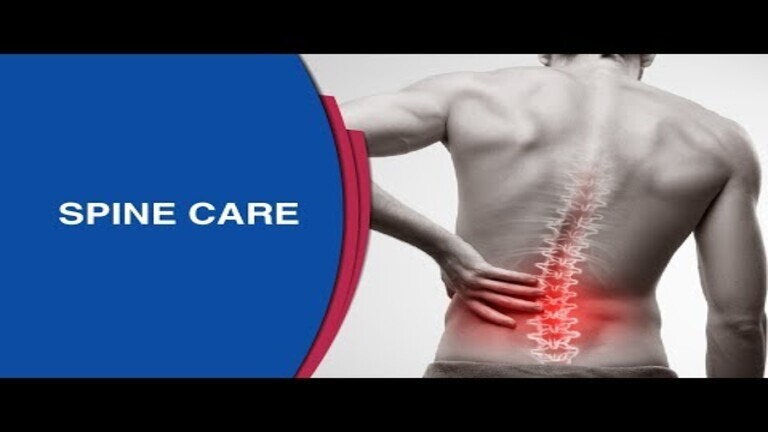
Description not available.

Lower back pain is a common issue that affects millions. In this video, Dr. Rajan Kumar, Consultant – Neurosurgery, Manipal Hospital Mukundapur, explains its causes and symptoms, including persistent…
Home Specialities Spine-care
